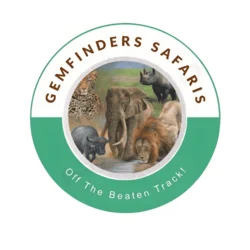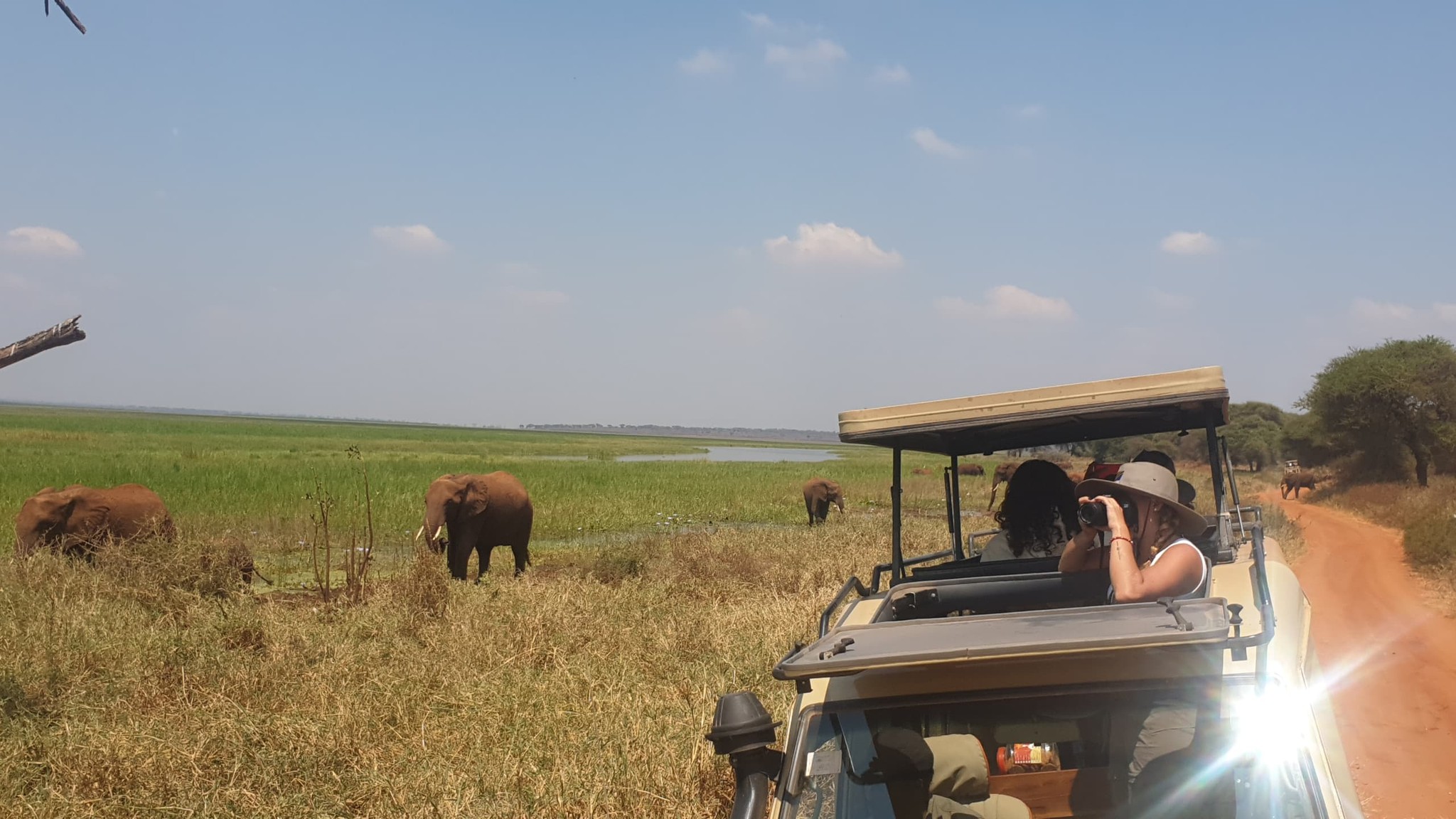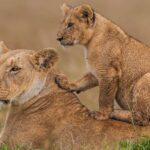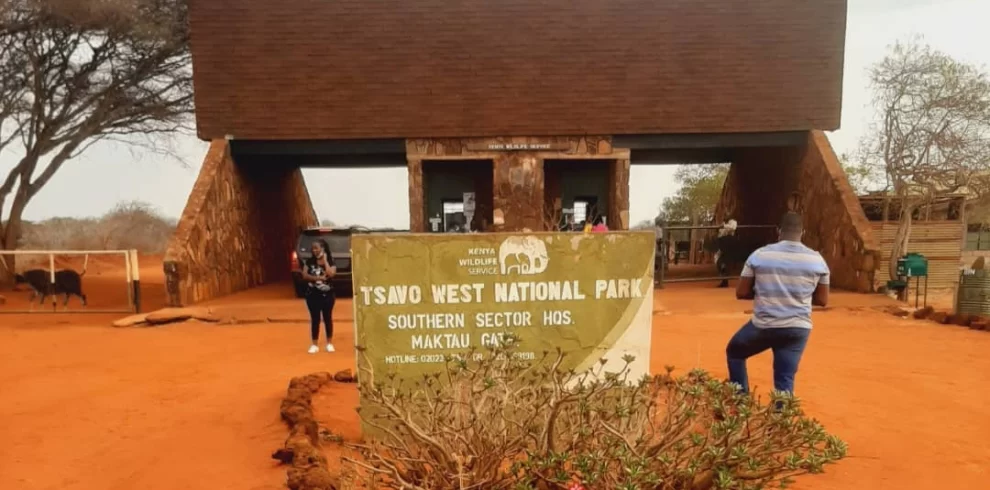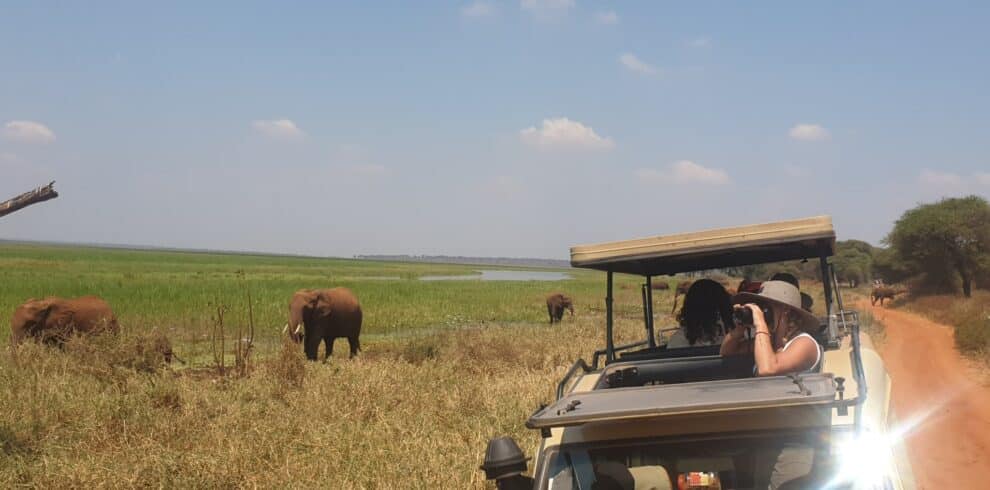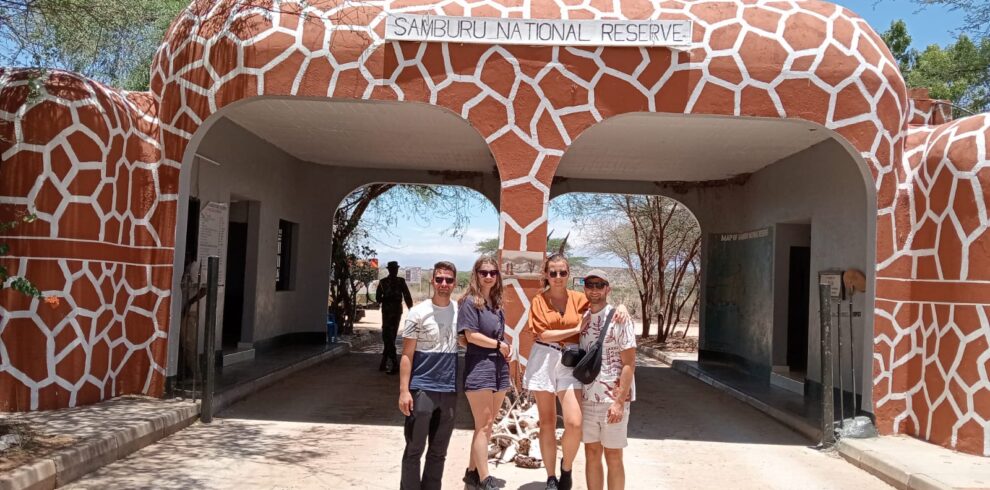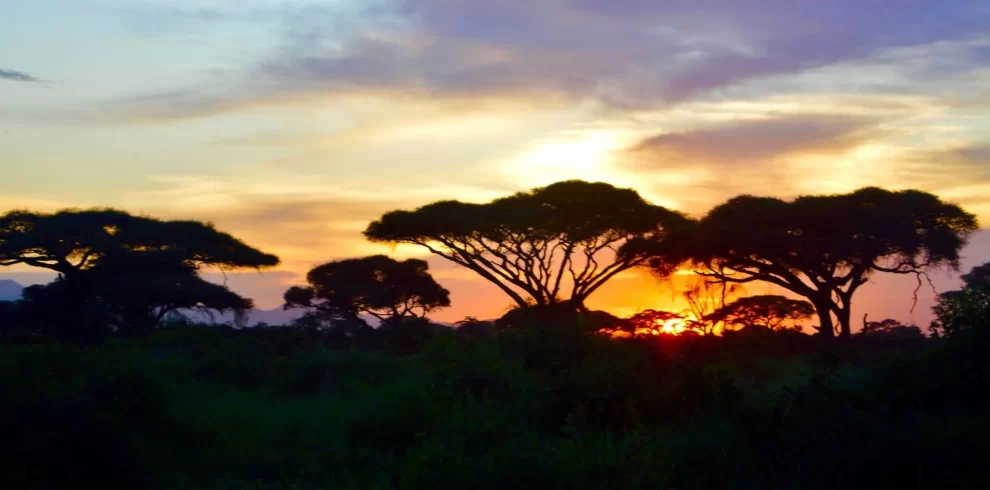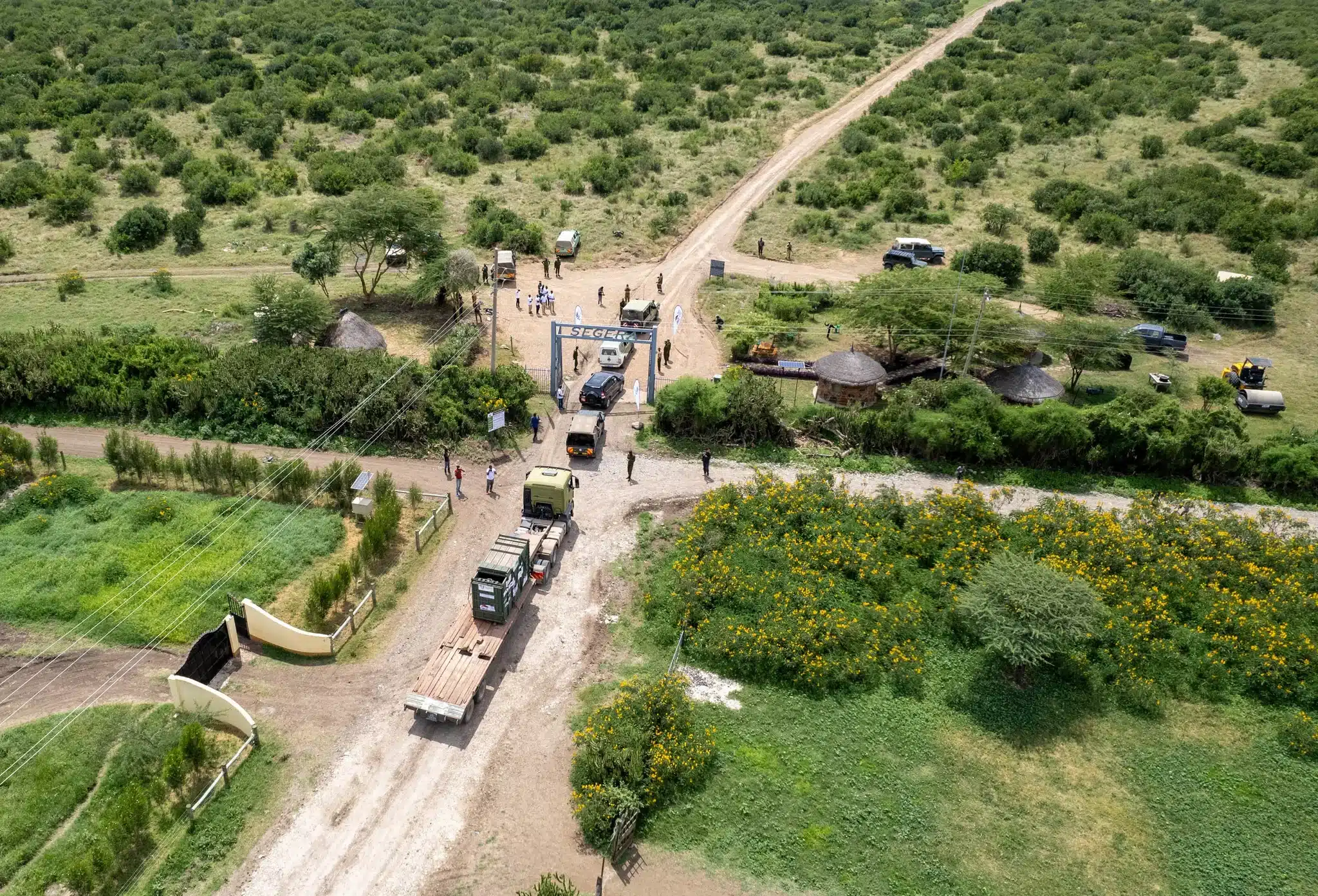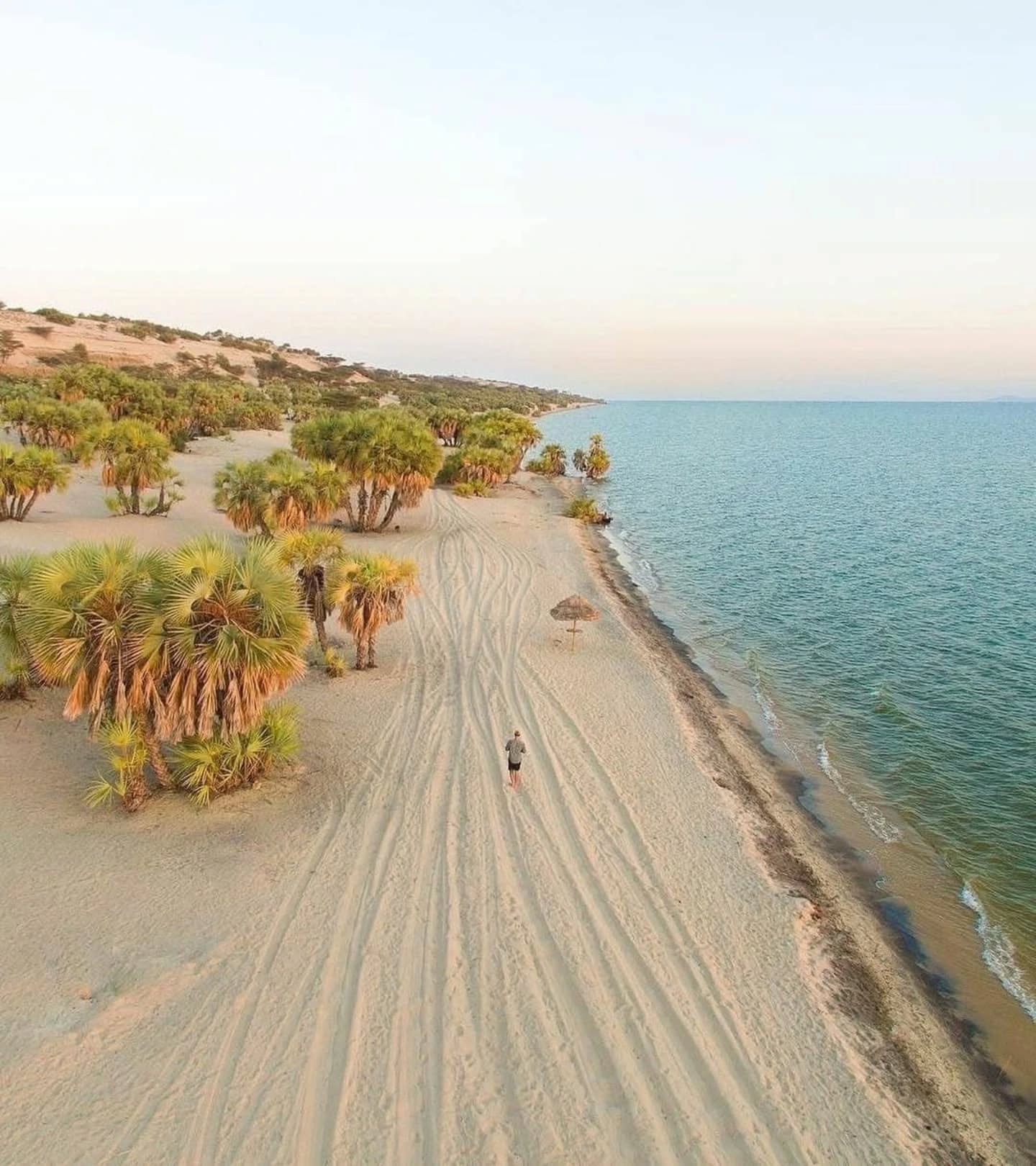Looking back at East Africa’s safari highlights of 2024, it’s hard not to feel inspired. The year was filled with incredible moments and exciting changes. From groundbreaking conservation efforts to vibrant cultural celebrations, the region truly shone. It offered adventure, stunning nature, and rich heritage. While many remarkable events took place, two stories stood out above the rest. These stories, in particular, had a deep impact on both tourism and conservation across the region.
Conservation in Kenya News: Kenya Relocated 50 Elephants to Aberdare National Park in Major Conservation Effort
In October 2024, Kenya launched an ambitious conservation initiative to address the issue of elephant overpopulation in the Mwea National Reserve. The Kenya Wildlife Service (KWS) relocated 50 elephants from the 42-square-kilometre Mwea Reserve to the larger, 760-square-kilometre Aberdare National Park. This decision followed a significant rise in the elephant population at Mwea, which had increased from 49 in 1979 to 156 at the time, far surpassing the reserve’s ideal capacity of 47. The surge in elephant numbers was seen as a positive sign that poaching had been effectively controlled, according to the government. Between 1979 and 1989, Kenya’s elephant population had plummeted from 170,000 to just 16,000 due to poaching, but by 2021, the population had rebounded to 36,280.
The elephants were relocated in family groups, with one member from each group fitted with a tracking device for monitoring over the following two years. This project reflected Kenya’s dedication to wildlife conservation while balancing the needs of the ecosystem and addressing human-wildlife conflict.
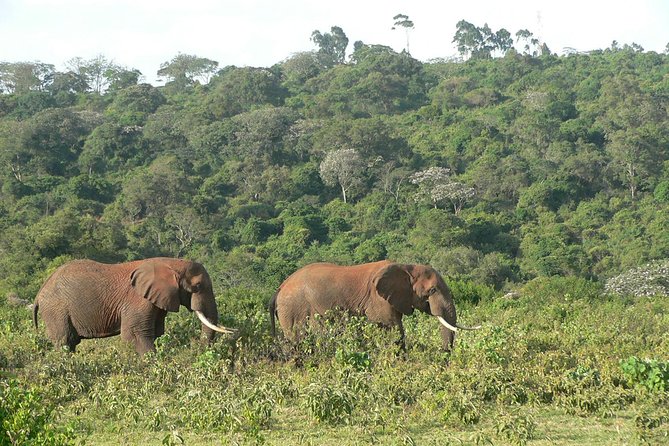
About Aberdare National Park
Aberdare National Park, established in 1950, covers approximately 760 square kilometres (about 188,000 acres) and was created to protect wildlife and the Aberdare mountain range. The range itself was named in 1884 by Scottish explorer Joseph Thomson, who was the first European to view the Aberdares. He named it after Lord Aberdare, the president of the Royal Geographical society at the time. The local Agikuyu people refer to the mountains as Nyandarua, which comes from the Kikuyu word “rwandarua”, meaning “a drying hide,” due to the distinctive shape of the mountain range’s silhouette.
Conservation in Tanzania News: TANAPA Announced Bold Plans to Tackle Over-tourism in Serengeti
In September 2024, the Tanzania National Parks Authority (TANAPA) took decisive action to address over-tourism in Serengeti National Park. The focus was on alleviating overcrowding at key wildebeest migration observation sites. The new initiative aimed to reduce delays at entry gates, prevent deviations from approved viewing routes, and curb reckless driving by tourist vehicles.
Key measures included government funding for infrastructure improvements, such as road upgrades. They also deployed five new police vehicles in the Mara River region to help manage traffic. Additionally, TANAPA conducted daily awareness seminars for tour guides to enhance their understanding of the issue.
Industry experts praised the plan, describing it as a revolutionary approach to controlling tourism traffic and protecting wildlife. Recent concerns had been raised about dangerous driving at Kogatende, where unchecked speeding and overcrowding could lead to safety risks and disrupt animal behavior. Traffic jams also negatively impacted both wildlife experiences and visitor satisfaction, particularly at popular hotspots like Kogatende. With up to 600 vehicles flooding the northern Serengeti daily, the situation had become increasingly unsustainable.
Overall, TANAPA’s bold actions are a crucial step in protecting Serengeti’s wildlife and improving your experience as a visitor. By managing tourism traffic and upgrading infrastructure, the region is working hard to ensure a sustainable future. These efforts not only benefit wildlife but also enhance your safari adventure. Ultimately, Serengeti’s magic will be preserved for you and future generations to enjoy.
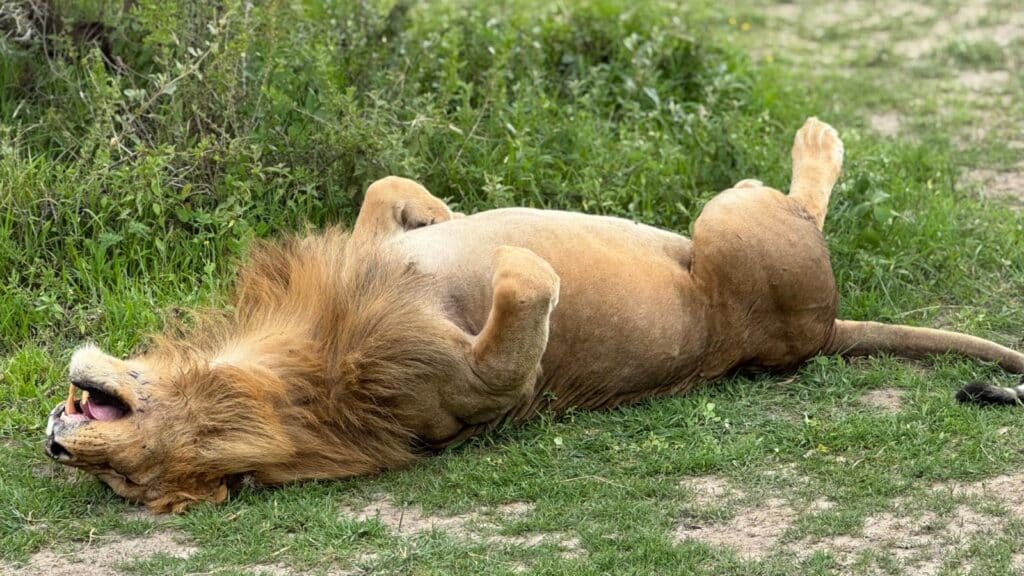
About Serengeti National Park
The Serengeti National Park was established in 1921 as a game reserve with just 800 acres of land. The name Serengeti comes from the Maasai word “siringet,” meaning “the place where the land runs on forever.” It was originally part of the Ngorongoro Conservation Area (NCA), gazetted in 1951. In 1959, Serengeti was designated as a separate national park, covering 3.7 million acres. Serengeti forms part of the Mara-Serengeti ecosystem, separated from Kenya’s Masai Mara (about 370,000 acres) by the international Kenya-Tanzania border. This is where the world-famous wildebeest migration begins, with the calving season occurring between January and March, culminating in the migration to the Masai Mara from July to October.
The Year Ahead, 2025
As we step into 2025, we’re filled with excitement for East Africa’s bright future. The region is making real strides in responsible tourism, and we are thrilled to be a part of it. Governments are actively creating policies that protect wildlife while promoting sustainable travel. At Gemfinders Safaris, we are deeply committed to crafting unforgettable, eco-friendly safari experiences just for you. So, reach out today to start planning your dream adventure. Together, let’s make 2025 the year your safari dreams come true. Contact us at safaris@gemfinderssafaris.com or call/WhatsApp at 0742324593.
